Introduction to Business Formal Dress Code
Business formal dress code is a critical aspect of professional environments. Understanding and adhering to it can significantly influence your career trajectory. This guide will delve into the nuances of business formal attire, offering detailed insights and practical tips to ensure you make the right impression in any professional setting.
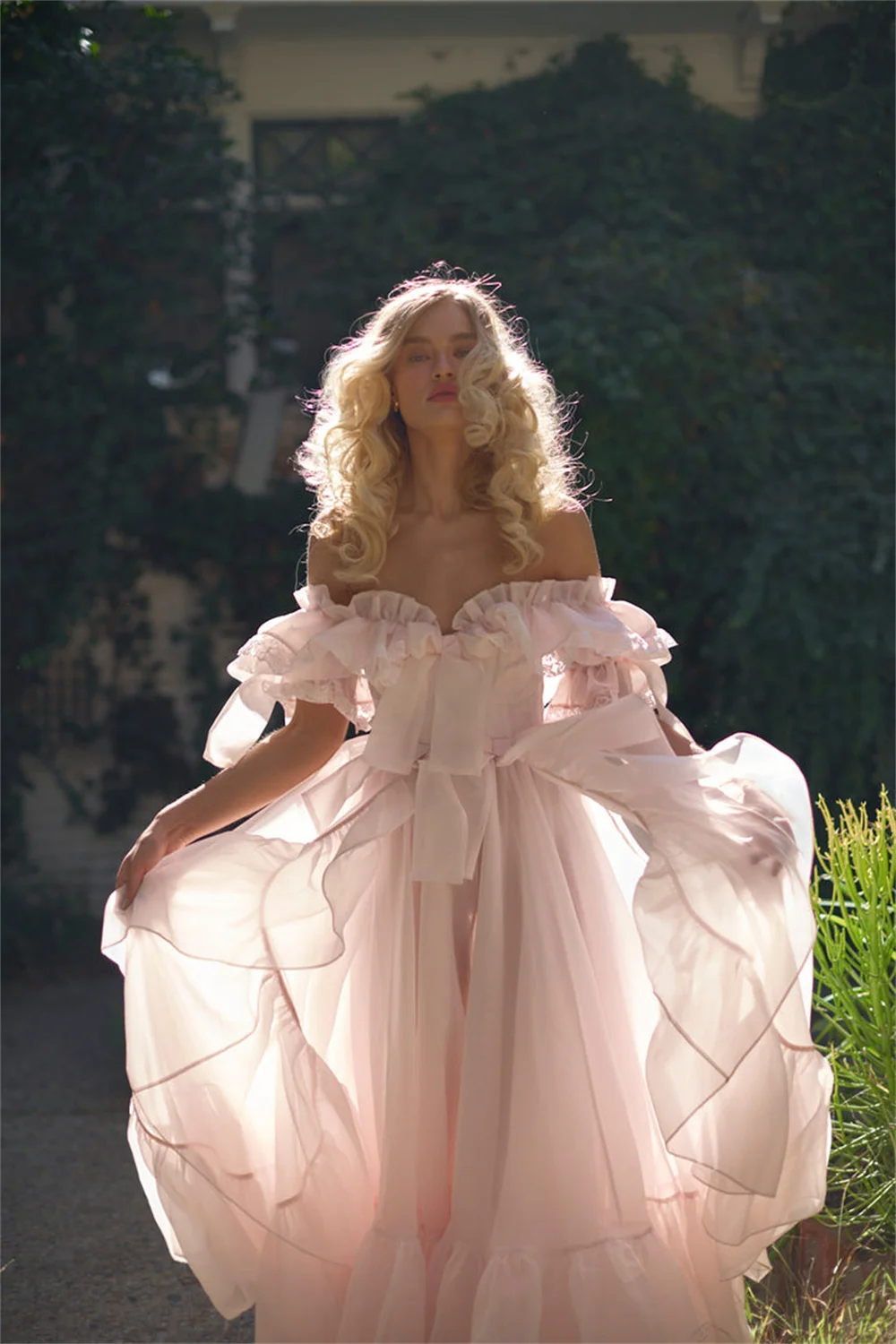
The Importance of Business Formal Attire
Business formal attire is more than just a dress code; it’s a statement about professionalism, respect, and competence. Dressing appropriately for the office or formal events can impact how colleagues, clients, and superiors perceive you. It reflects your understanding of business etiquette and your commitment to maintaining a polished and respectful appearance.
In many industries, particularly those that are client-facing like finance, law, and corporate sectors, adhering to a business formal dress code is non-negotiable. It signifies that you take your role seriously and are prepared to represent your company with the utmost professionalism. This level of dress also communicates reliability and trustworthiness, essential traits in any professional relationship.
Furthermore, dressing formally can enhance your confidence and mindset. When you wear a suit or a tailored dress, you feel more competent and ready to tackle the day’s challenges. This psychological boost can translate into better performance and a more proactive approach to your work.
Historical Context of Business Formal Dress
The concept of business formal attire dates back centuries and has evolved significantly over time. Understanding its historical context can provide valuable insights into why certain styles and garments are considered appropriate today.
In the 19th century, the industrial revolution brought about significant changes in work environments. As businesses grew and formalized, so did the expectations for professional attire. Men began wearing suits, which were seen as a symbol of respectability and professionalism. The three-piece suit, consisting of a jacket, waistcoat, and trousers, became the standard for business formal wear.
For women, business formal attire evolved more slowly. Initially restricted to domestic roles, women began entering the workforce in larger numbers during the World Wars. This shift necessitated appropriate work attire, leading to the adoption of tailored suits and dresses. By the mid-20th century, the business suit had become a staple for professional women as well.
Today, business formal attire continues to evolve, influenced by cultural changes and fashion trends. However, the core elements remain consistent: a focus on tailored, high-quality garments that convey professionalism and respect.
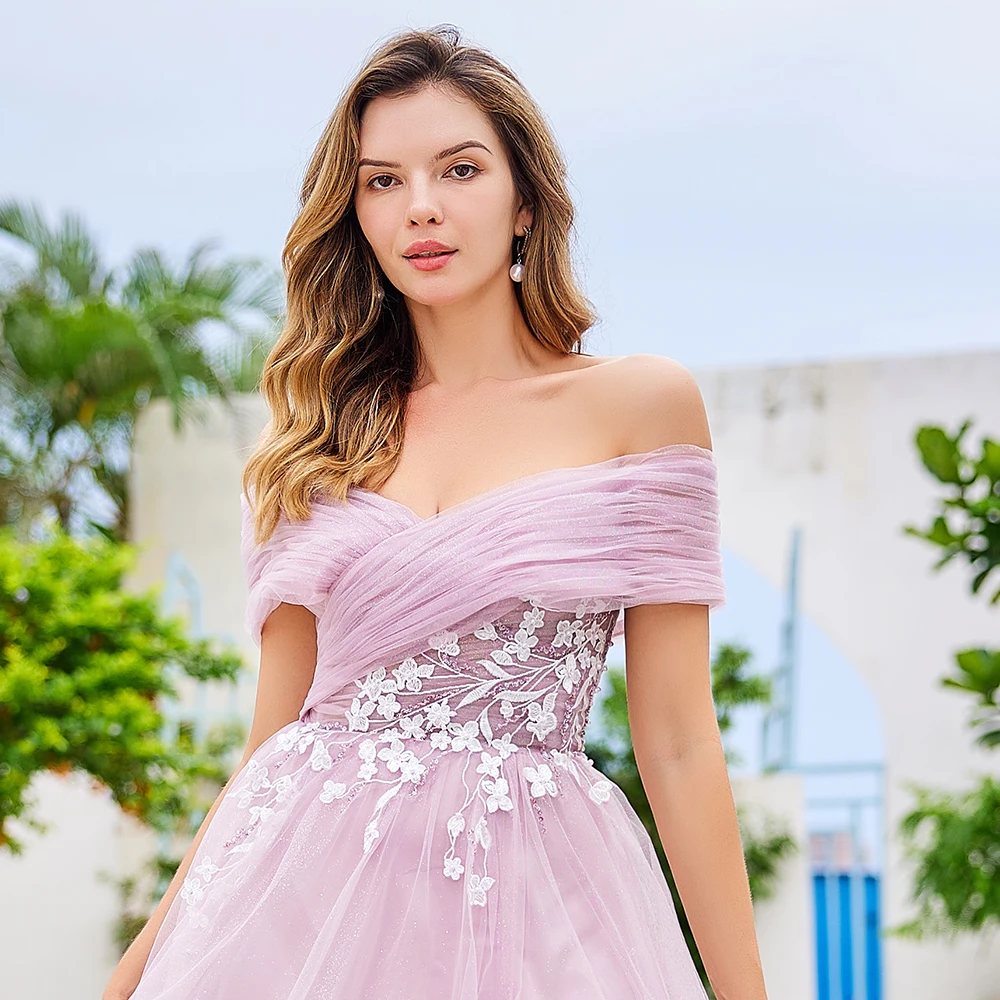
Essential Elements of Business Formal Dress for Men
Suits: The Cornerstone of Business Formal Attire
For men, the suit is the cornerstone of business formal attire. A well-fitted suit can make a significant difference in how you are perceived in the professional world. When choosing a suit, consider the following factors:
- Fit: The most important aspect of a suit is its fit. An ill-fitting suit can look sloppy and unprofessional. Ensure your suit fits well at the shoulders, chest, and waist. The trousers should sit comfortably at your waist and be the correct length, breaking slightly over your shoes.
- Fabric: Choose high-quality fabrics such as wool, wool blends, or high-grade synthetics. These materials offer durability, comfort, and a polished appearance. Avoid cheap fabrics that wrinkle easily and look worn after a few uses.
- Colors: Classic colors like navy, charcoal gray, and black are ideal for business formal settings. These colors are versatile and convey a sense of authority and professionalism. Lighter colors and patterns can be acceptable but should be chosen carefully to maintain a formal appearance.
Shirts: The Perfect Complement to Your Suit
Your shirt is a crucial element of your business formal attire. It should complement your suit and tie, creating a cohesive and polished look. Here are some key considerations:
- Fit: Like your suit, your shirt should fit well. It should be snug at the collar and cuffs without being too tight. The sleeves should end at the base of your thumb, allowing about half an inch of the cuff to show when wearing a jacket.
- Fabric: Opt for high-quality cotton or cotton-blend shirts. These materials are breathable, comfortable, and offer a crisp, professional appearance. Avoid synthetic fabrics that can look cheap and feel uncomfortable.
- Colors and Patterns: Stick to classic colors like white, light blue, and pale pink. These colors are versatile and work well with most suits. Subtle patterns like stripes or checks can add interest without compromising the formal appearance.
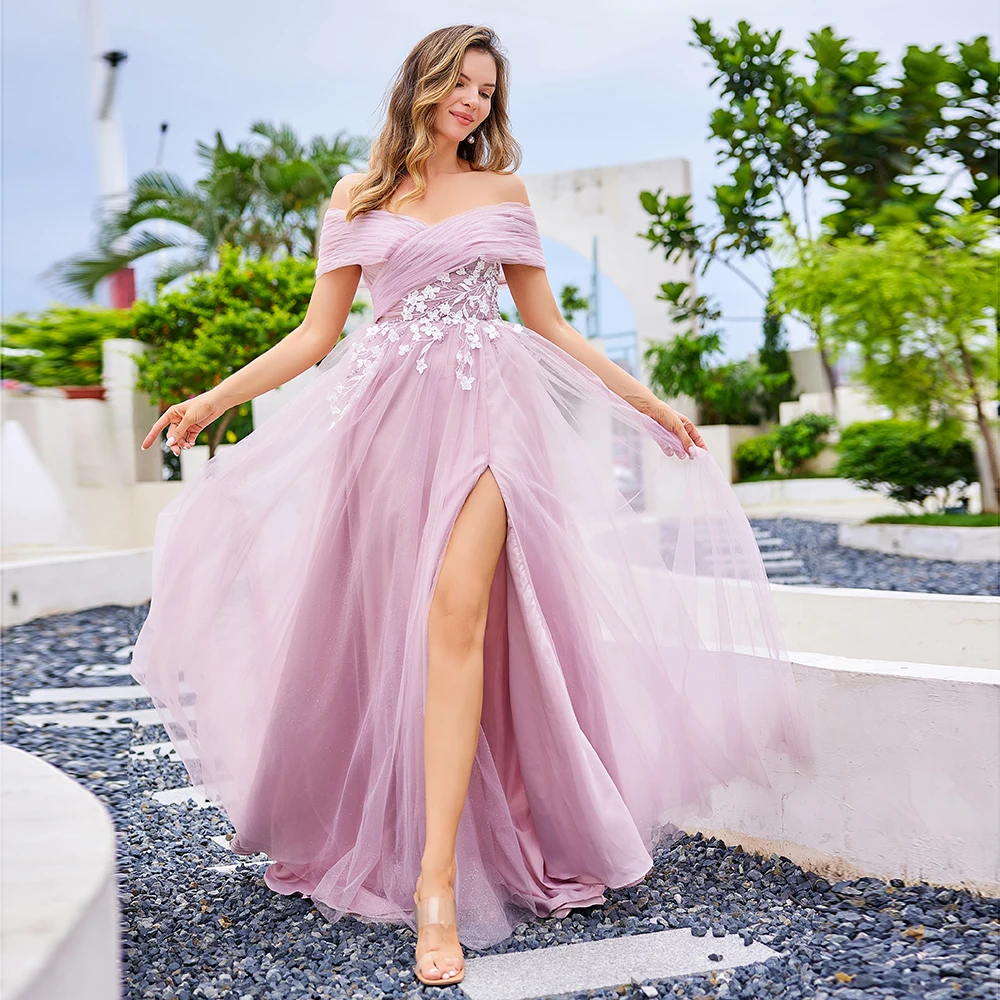
Ties: Adding a Touch of Personality
A tie adds a touch of personality to your business formal attire while maintaining a professional look. When choosing a tie, consider the following:
- Length and Width: The tip of your tie should reach the middle of your belt buckle. The width should be proportionate to your suit lapels; a classic width is around 3 to 3.5 inches.
- Colors and Patterns: Solid colors, stripes, and small patterns are appropriate for business formal settings. Choose ties that complement your suit and shirt without clashing. Avoid overly bold or novelty ties, as these can detract from your professional appearance.
- Knot: The knot should be neat and proportional to your collar. The four-in-hand and Windsor knots are popular choices for their simplicity and elegance.
Footwear: Completing Your Look
Footwear is a vital component of your business formal attire. The right shoes can enhance your overall appearance, while the wrong ones can detract from it. Consider the following when selecting your shoes:
- Style: Classic styles like oxfords, brogues, and loafers are ideal for business formal settings. They offer a timeless and sophisticated look that complements your suit.
- Color: Black and dark brown are the most appropriate colors for business formal footwear. These colors are versatile and pair well with most suit colors. Ensure your shoes are polished and free of scuffs or scratches.
- Fit and Comfort: Your shoes should fit well and be comfortable, especially if you spend a lot of time on your feet. Invest in high-quality shoes that provide support and durability.
Accessories: Adding the Finishing Touches
Accessories can enhance your business formal attire, adding subtle touches of personality and style. However, it’s important not to overdo it. Here are some key accessories to consider:
- Belts: Choose a leather belt that matches the color of your shoes. The buckle should be simple and understated.
- Watches: A classic watch with a metal or leather band can add a touch of sophistication to your outfit. Avoid overly large or flashy watches that can distract from your overall look.
- Cufflinks: If you’re wearing a French-cuff shirt, choose simple, elegant cufflinks. Silver, gold, or other metallic finishes are appropriate for business formal settings.
- Pocket Squares: A pocket square can add a pop of color and personality to your suit. Choose one that complements your tie and shirt, but avoid overly bold patterns.
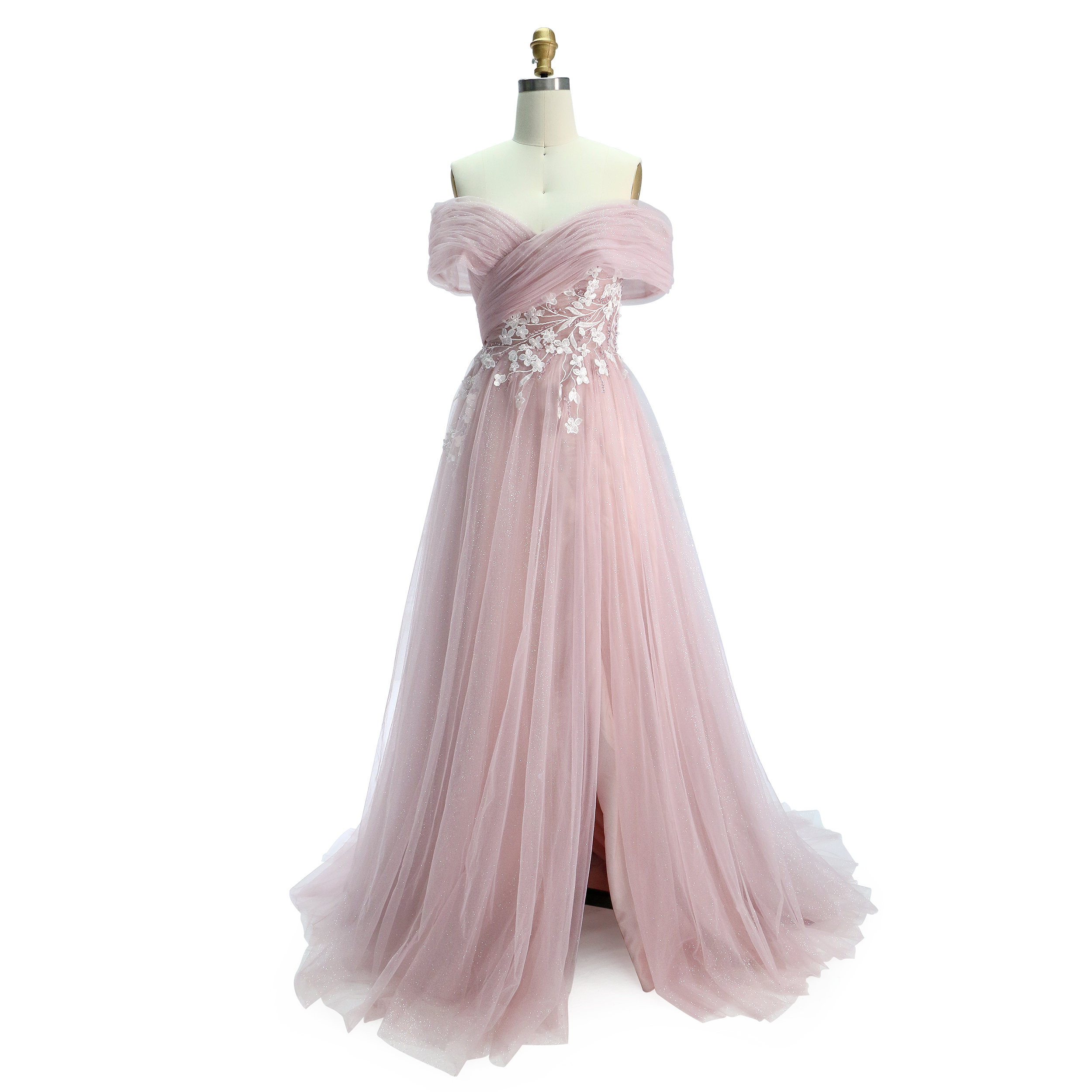
Essential Elements of Business Formal Dress for Women
Suits and Dresses: The Foundation of Business Formal Attire
For women, business formal attire typically revolves around suits and dresses. These garments form the foundation of a professional wardrobe and should be chosen with care:
- Suits: Women’s suits can include pantsuits or skirt suits. A well-fitted suit is essential for a polished and professional appearance. Look for suits made from high-quality fabrics like wool or wool blends. Classic colors such as black, navy, and dark gray are ideal for business formal settings.
- Dresses: Dresses should be tailored and knee-length or longer. Avoid overly tight or revealing styles. Sheath dresses, wrap dresses, and A-line dresses are popular choices for business formal attire. Pairing a dress with a blazer can enhance the professional look.
Blouses and Tops: Complementing Your Suit
Blouses and tops are essential components of women’s business formal attire. They should complement your suit and maintain a polished appearance. Consider the following:
- Fit: Your blouse or top should fit well without being too tight or too loose. It should be long enough to tuck into your pants or skirt without coming untucked throughout the day.
- Fabric: Choose high-quality fabrics like silk, cotton, or polyester blends. These materials offer a professional appearance and are comfortable to wear.
- Colors and Patterns: Stick to classic colors like white, light blue, and pastel shades. Subtle patterns such as stripes or polka dots can add interest without being distracting. Avoid overly bold patterns or bright colors that can detract from the formal look.
Footwear: The Perfect Finish
Footwear is a critical aspect of women’s business formal attire. The right shoes can enhance your overall look, while the wrong ones can undermine it. Consider the following when choosing your shoes:
- Style: Classic styles like pumps, loafers, and flats are ideal for business formal settings. They offer a polished and professional appearance. Ensure that your shoes are closed-toe and have a moderate heel height, typically no higher than three inches.
- Color: Black, navy, and neutral tones like beige or taupe are appropriate for business formal footwear. These colors are versatile and pair well with most outfits. Ensure your shoes are clean and free of scuffs or scratches.
- Fit and Comfort: Your shoes should fit well and be comfortable, especially if you spend a lot of time on your feet. Invest in high-quality shoes that provide support and durability.
Accessories: Enhancing Your Look
Accessories can enhance your business formal attire, adding subtle touches of personality and style. However, it’s important to choose them carefully and avoid over-accessorizing. Here are some key accessories to consider:
- Jewelry: Keep jewelry simple and understated. Small stud earrings, a delicate necklace, and a bracelet or watch can add a touch of elegance to your outfit. Avoid large, flashy pieces that can distract from your overall look.
- Bags: Choose a structured, medium-sized bag that complements your outfit. Classic styles like tote bags, satchels, and briefcases are appropriate for business formal settings. Ensure your bag is clean and in good condition.
- Scarves: A silk scarf can add a touch of sophistication to your outfit. Choose a scarf in a classic color or pattern that complements your suit or dress. Avoid overly bold or trendy patterns that can detract from the formal appearance.
Makeup and Grooming: The Final Touch
Your makeup and grooming play a crucial role in achieving a polished and professional appearance. Consider the following tips:
- Makeup: Keep makeup natural and understated. Focus on a flawless base, subtle eye makeup, and a neutral lip color. Avoid overly bold or dramatic makeup looks that can be distracting.
- Hair: Ensure your hair is clean, well-groomed, and styled in a professional manner. Simple styles like a low bun, a sleek ponytail, or loose waves are appropriate for business formal settings. Avoid overly elaborate or trendy hairstyles.
- Nails: Keep your nails clean and well-manicured. Choose neutral nail polish colors like nude, pale pink, or clear. Avoid bright or bold nail colors that can detract from the formal appearance.
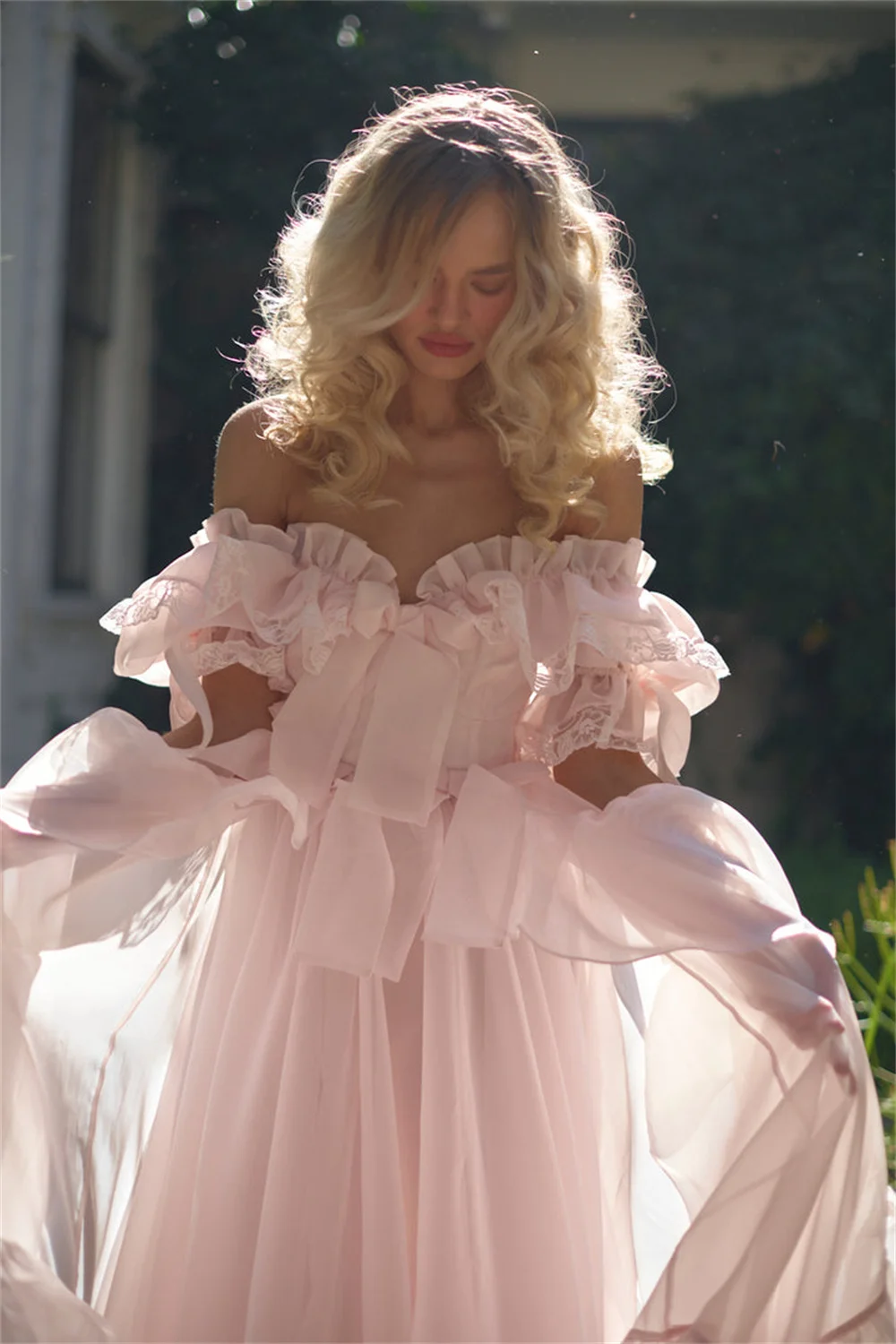
Conclusion
Mastering the business formal dress code is essential for making a positive impression in professional environments. By understanding the importance of business formal attire, recognizing cultural and industry differences, and investing in high-quality pieces, you can build a versatile and polished wardrobe. Proper maintenance and care will ensure your clothing and accessories remain in excellent condition, allowing you to present yourself with confidence and professionalism. Embrace the opportunity to enhance your career by dressing for success and making a lasting impression in the business world.
Tags: Classic Elegance Dress